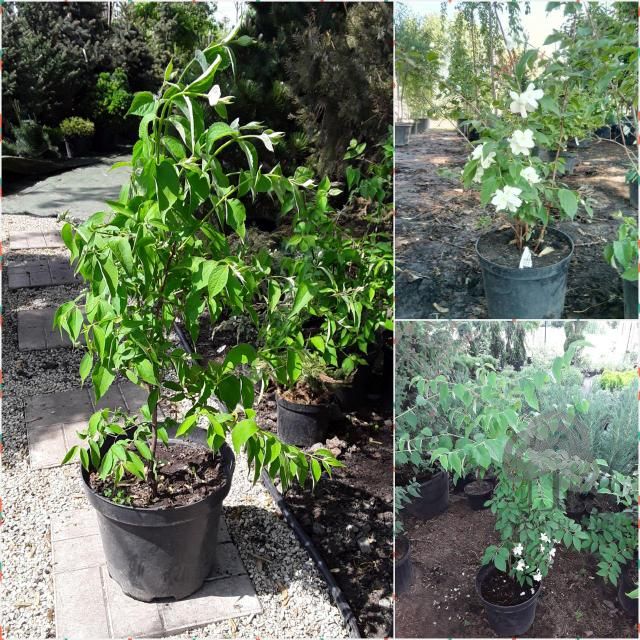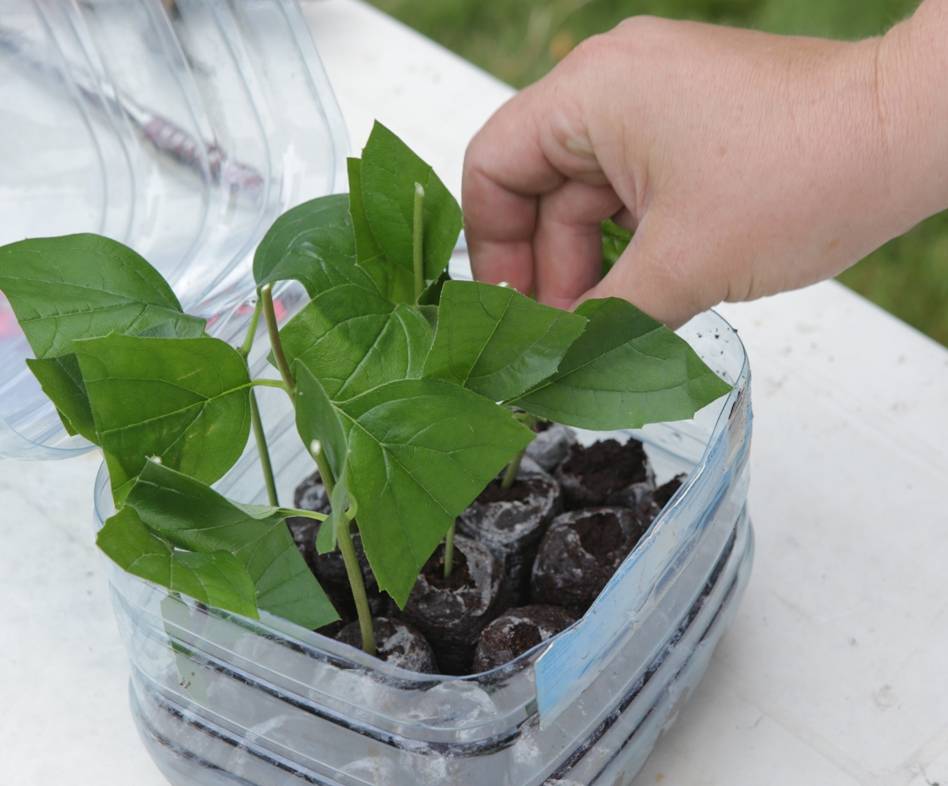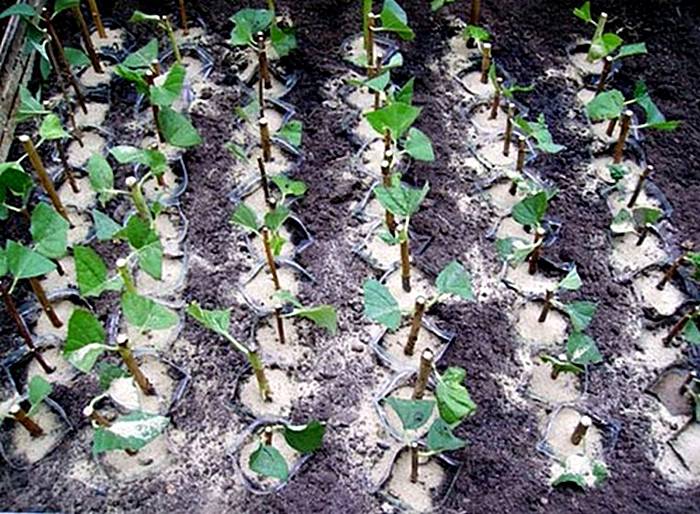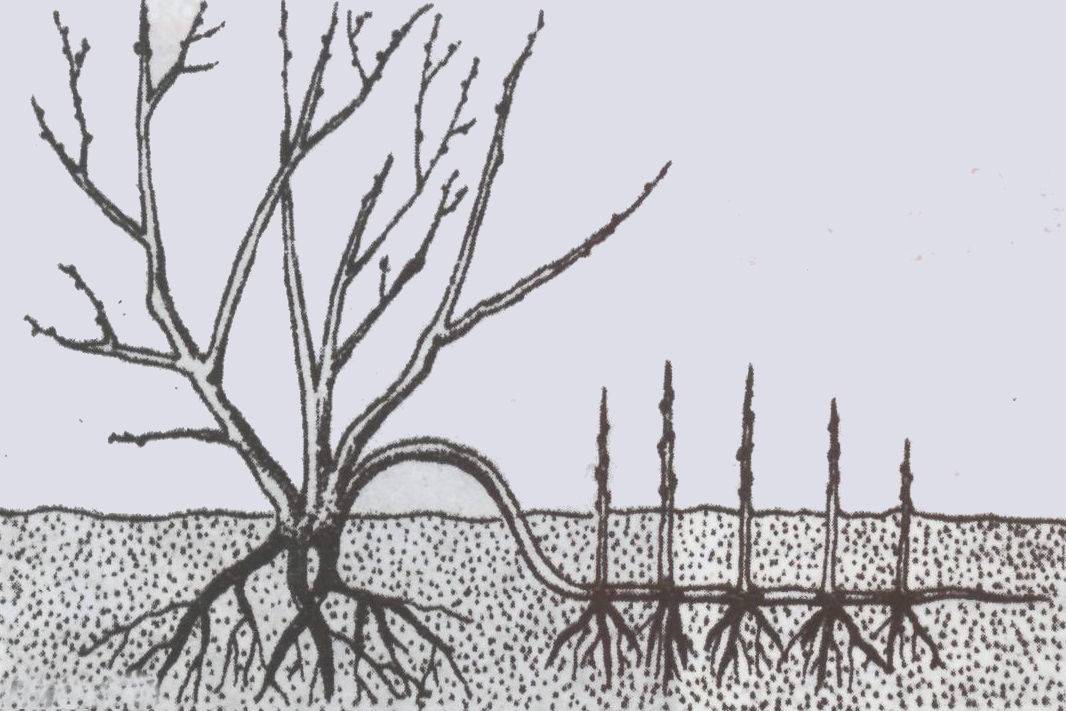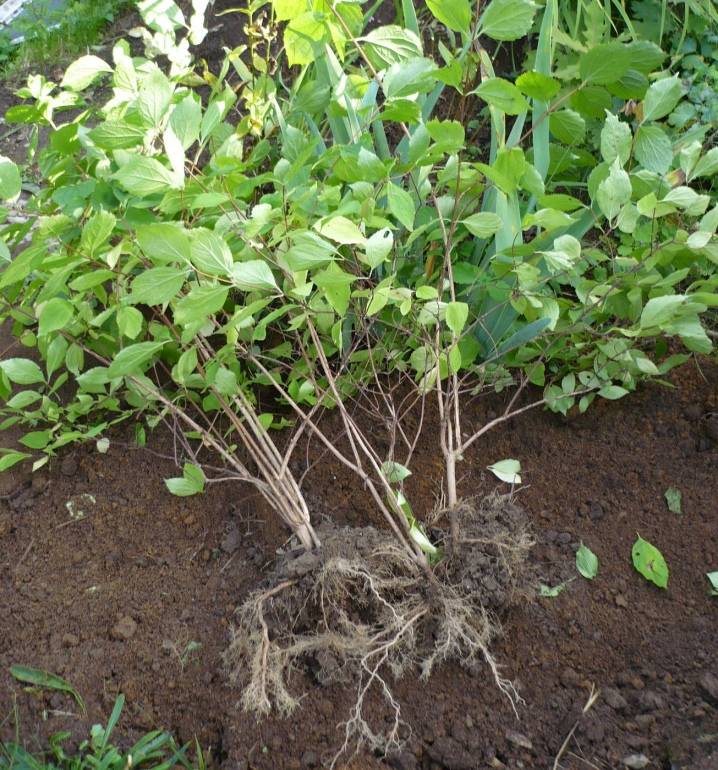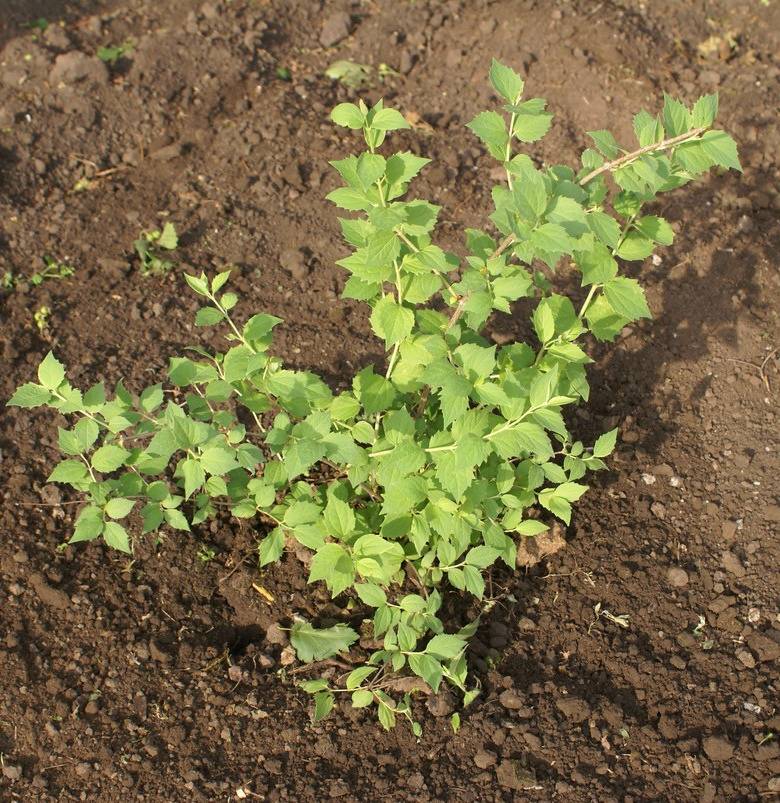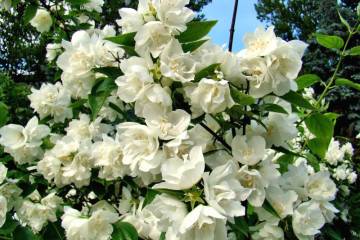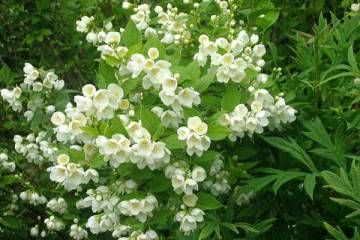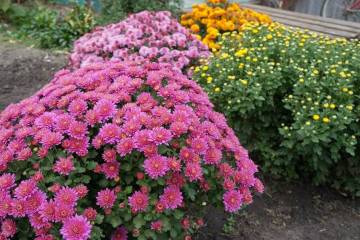How to propagate a chubushnik - in spring, summer
Content:
Many gardeners are not averse to learning how to propagate a mock-orange on their own. This is not at all difficult to do, using one of 4 effective ways. Observing the sequence of all stages of work, you can get good material for planting on your site. The bush will have all the varietal characteristics that are characteristic of specific types of bush plants.
When can breeding be carried out
Before answering the question of how to propagate a chubushnik, you should first find out when and at what stage of its development actions are taken to obtain material for further cultivation:
- both spring and autumn are suitable for planting chubushnik seeds. The most favorable months are April and November;
- lignified shoots for harvesting cuttings are cut in the fall immediately after the foliage has fallen, in order to avoid the appearance of young shoots at this time. In the spring they are planted at the time of the swelling of flower buds;
- the reproduction of the chubushnik by cuttings in the summer is carried out exclusively by green shoots, which are taken during flowering;
- the method of breeding chubushnik by layering is appropriate in April-May. The next stage in the cultivation of "garden jasmine" is the separation of the rooted shoots from the mother bush. They are transplanted to a permanent place either in the fall or next spring;
- the method of dividing the bush is used in spring - from March to April, or in autumn - from mid-October to early November.
Seed propagation
Seeds begin to be harvested at the end of summer, when the flowers of the mock-orange will fade and its seed pods will ripen. This breeding method is only suitable for the species of this ornamental shrub. As for the hybrids of the plant, the chubushnik is propagated vegetatively.
How to dilute a mock-orange with seeds? This can be done in two ways, depending on the season.
- Landing before winter. Pre-prepare the bed, make furrows. Then they are sown with seeds and covered with compost. Arcs are installed above the bed and closed using spruce branches for the winter. After the snow has completely melted, the spruce branches are removed, and instead of it they are covered with non-woven material to shade the hatched seedlings.
- Spring landing. This method allows you to grow seedlings at home. Seed material harvested in the fall should be used, but the shelf life should not exceed 1 year. In addition, the storage condition must be observed: the seeds are stored in the refrigerator in a sealed bag. In the spring they are planted in cups. In June, grown and matured seedlings are transplanted into the ground.
Cuttings
Cutting a mock-orange in summer or winter remains the most popular method of growing shrubs for many gardeners. It allows you to grow a chubushnik, which has all the varietal characteristics characteristic of the parent bush.
How to cut chubushnik in summer
How does jasmine mock-orange reproduce by green cuttings? To do this, you must first of all comply with the conditions prescribed below:
- for work, it is imperative to use only a sharp knife;
- green shoots are used with part of the annual branch, in another way it is also called the heel;
- the harvested material should be 5 cm long with two leaves;
- the lower leaves are removed during the cutting process, and the upper leaves are shortened by about a third.
The sequence of how to propagate a mock-orange by cuttings in the summer:
- In loose moist soil, which contains sand, make a hole 1 cm deep.
- The prepared stalk is placed in this hole, and the substrate around it is lightly pressed.
- The scion is then sprayed and covered with, for example, a cut plastic container.
- Further care of the branch consists in its regular airing and spraying.
In October, the seedlings are transplanted to a permanent place. Choose a sunny site for this.
Lignified shoots cuttings process
The material for this type of cultivation of ornamental shrubs is harvested in the fall. To do this, lignified annual branches are cut off, wrapped in foil, removed to a cool place - a cellar or refrigerator.
Further actions, how to root the mock-orange:
- In March, the harvested material is obtained, from which shoots up to 20 cm long are cut. Each cutting should have at least 4 pairs of buds.
- The upper cut is made over the kidney at a distance of 1 cm at a right angle. The lower cut is carried out, maintaining the same distance from the pair of kidneys, but at an angle of 45 °.
- After the performed manipulations, the finished cutting is placed for a day in a solution used to stimulate root formation.
- After this time, the shoots are planted in moist, loose soil so that the cuttings are slightly inclined.
- To help the plant take root better, it is sprayed and covered with a plastic bottle, cut so that the neck is on top.
Full rooting of the chubushnik will occur in 5 weeks. At the end of May, the established shoots are transplanted to a permanent place for their further growth.
Reproduction by layering
One of the easy ways to breed a mock-orange is to propagate it by layering. The best time for this is April-May, when the snow cover has completely melted. The work is carried out according to the following plan:
- Take the lower branch and bend it neatly to the soil.
- Then they make a mark where the shoot came into contact with the ground.
- Next, cut off a part of the bark at least 1 cm wide at the mark.
- A branch is fixed with a wire, pressing it to the ground.
- The cut is sprinkled with additional soil, then the soil is crushed and well watered.
Until autumn, the layering should be checked occasionally, sprinkled with earth. Alternatively, mulch is used. In a particularly dry season, the layering site must be watered frequently.
Dividing the bush
This method of reproduction of the mock-orange is suitable if the bush has grown too much. Then it is dug up and divided into 3-4 parts. In doing so, the following conditions must be observed:
- each part must have a sufficient number of healthy roots;
- old damaged roots are cut off, excess shoots are also removed;
- it is advisable to transplant the bush immediately on the day of digging it up in order to avoid drying out the rhizome;
- if, nevertheless, there is no opportunity or time to transplant the mock-orange on the same day, then sprinkle its roots with earth and continue working the next day.
It is important to start reproduction by dividing the bush in the due time. In the spring, it is better to carry out the division during the period when the leaves of the bush have not yet blossomed, in the fall - as soon as the foliage falls off.
Care after breeding
Young shoots and seedlings are especially demanding for further care:
- watering should be done regularly. Due to the drying out of the soil, the plant does not take root well, it may even die;
- immediately after watering, the soil should be well loosened. It is necessary to constantly check for weeds;
- it is better to mulch the area around the bush so that the weed does not break through, and the soil remains moist longer;
- the use of complex fertilizers promotes better growth of new shoots. With the onset of spring, potassium and phosphorus can be added for the abundant flowering of the chubushnik, which comes very early. Also, fertilizing in the form of nitrogenous fertilizers will not be superfluous;
- after the chubushnik has faded, it should be pruned, aimed at forming the crown. Faded inflorescences must be removed immediately, if the collection of seeds is not planned, otherwise the bush will spend a lot of effort on their ripening.
The above methods of breeding a chubushnik make it possible to obtain high-quality material for planting. With proper care and compliance with all the conditions for growing, the mock-orange will take root and after a while will begin to delight with abundant flowering.
